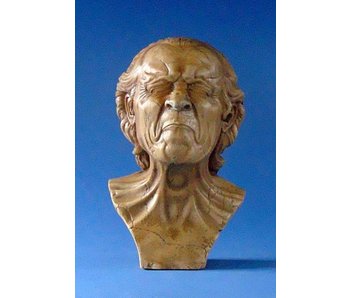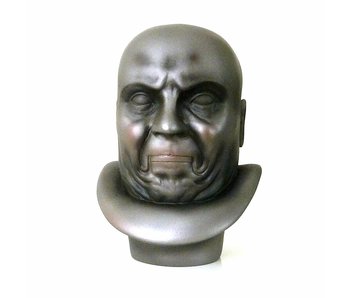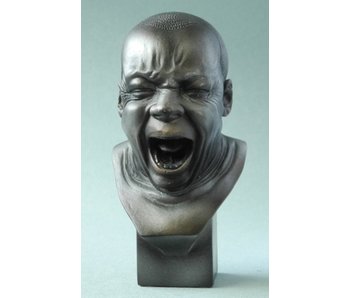Messerschmidt made his mark at first in Vienna, where he enjoyed a successful career, including several royal commissions. Working in a neoclassical vein, Messerschmidt produced some of the most important sculptures of the eighteenth century. He presented the individual features of his models in a way “true to nature,” in keeping with their age and without idealizing them. No other sculptor in Vienna at the time was similarly uncompromising when producing portraits.
Around 1770, there was a rupture in Messerschmidt’s life. The artist was thought to have psychological problems, lost his position at the university, and decided to return to Wiesensteig, his native Bavarian town. From that period on, Messerschmidt devoted himself to the creation of his “character heads,” the body of work for which he would become best known. To produce these works, the artist would look into the mirror, pinching his body and contorting his face. He then rendered, with great precision, his distorted expressions. Messerschmidt is known to have produced more than 60 of these astonishing works before he died in 1783 at the age of 47.







